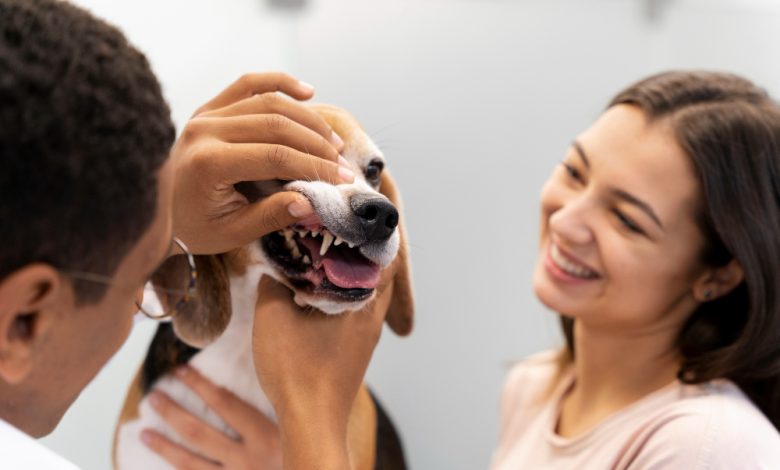Choosing the Right Dog Dental Care Products: A Comprehensive Guide

As a pet parent, you know how important it is to keep your canine companion’s teeth and gums healthy. Proper dental care not only prevents painful dental issues but also contributes to your dog’s overall well-being. With the wide array of dog dental care products on the market, it can be overwhelming to determine which ones are the most effective and suitable for your pup. In this comprehensive guide, we’ll explore the various dog dental care products available and provide you with the knowledge to make informed decisions for your furry friend.
Types of Dog Dental Care Products
When it comes to dog dental care, there’s a wide variety of products to choose from. Understanding the different types of products and their benefits can help you select the right ones for your pet.
Dental Chews and Treats
Dental chews and treats are a convenient way to promote dental health while providing your dog with a satisfying snack. These products are formulated to scrape away plaque and tartar as your dog chews, helping to maintain clean teeth and fresh breath. Be sure to choose high-quality, veterinarian-approved dental chews and treats that are appropriate for your dog’s size and age.
Water Additives and Dental Sprays
Water additives and dental sprays are another option for dog dental care. These products are added to your dog’s drinking water or sprayed directly into their mouth, helping to reduce bacteria and freshen breath. They can be a helpful supplement to regular brushing and dental chews.
Professional Dental Cleanings
While regular at-home dental care is essential, it’s also important to schedule professional dental cleanings for your dog. Veterinary professionals can perform a thorough cleaning, identify any underlying dental issues, and provide specialized treatment if necessary.
Choosing the Right Dog Dental Care Products
When selecting dog dental care products, it’s important to consider your dog’s age, size, and any specific dental needs they may have. Consulting with your veterinarian can also help you make the best choices for your furry friend.
Begin with a high-quality dog toothbrush and toothpaste. Establish a regular brushing routine to help prevent plaque and tartar buildup. Introduce dental chews and treats as a supplementary option to support your dog’s dental health.
If your dog has particularly stubborn plaque or tartar, or if they have difficulty tolerating regular brushing, you may want to incorporate water additives or dental sprays into their routine. For dogs with sensitive gums or limited mobility, dental wipes or pads can be a convenient alternative.
In addition to your at-home dental care routine, make sure to schedule regular veterinary check-ups and cleanings. Your vet can identify any underlying dental issues and provide professional treatment, ensuring your dog’s oral health remains in top condition.
Conclusion
Choosing the right dog dental care products can make a significant difference in your pet’s overall health and well-being. By understanding the various options available and tailoring your approach to your dog’s unique needs, you can create a comprehensive dental care plan that keeps your furry friend’s smile bright and healthy. Remember, regular dental care is an investment in your dog’s long-term wellness, and with the right products and practices, you can ensure your pup enjoys a lifetime of happy, healthy smiles.





